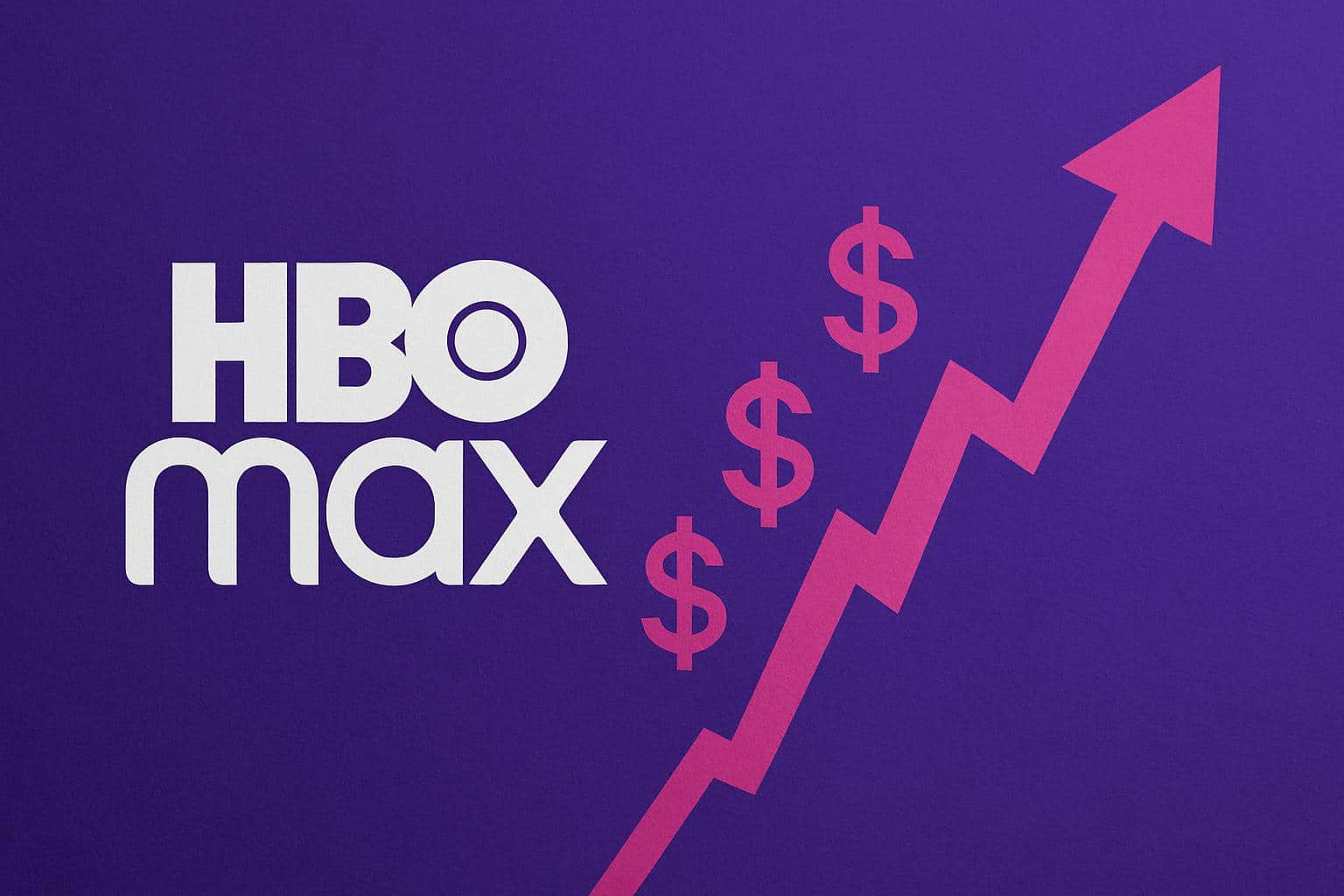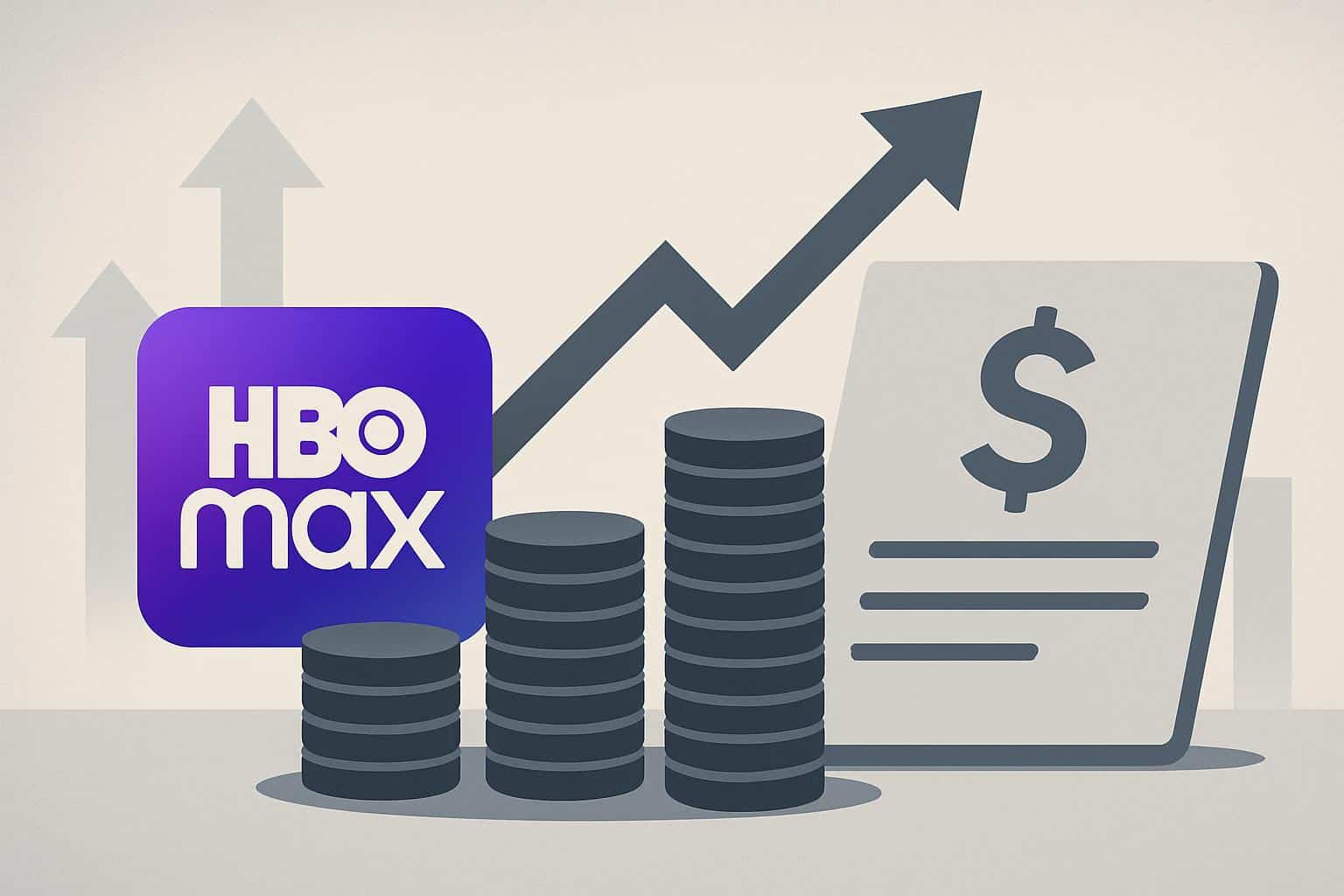HBO Max is about to cost more — yet again.
The streaming service said on Tuesday that it would raise its price beginning in March, the third time since launching less than two years ago. Warner Bros. Discovery has increased monthly and yearly rates across its ad-supported, standard and premium tiers, with new prices going into effect right away for new sign-ups and beginning to apply for current customers on their next billing cycle after 30 days’ notice.

What changed and when the new HBO Max prices take effect
The Basic with Ads plan now goes well above the advertised price of $10.99 a month ($109.99 annually). Its ad-free Standard tier goes up to $18.49 per month (from $16.99) or $184.99 annually (compared with $169.99). The Premium plan has the biggest increase to $22.99 per month (up from $20.99) or $229.99 for a full year (from $209.99).
This is the second time HBO Max has raised its prices in about a year and a half. The ad-free tier had risen alongside the release of a series’ flagship original, underscoring how new tentpole programming and increasing content costs tend to accompany pricing changes.
How the new HBO Max rates compare across streaming
At $22.99 for Premium, HBO Max is now on the high end of the market along with rivals’ high-tier plans. Netflix’s Premium tier is also priced at that level, while Disney+ just last month pushed its ad-free price even further up into the high teens. Amazon went to ads by default but provided an option for viewers to pay an additional monthly fee for ad-free watching. In short, the age of cheap streaming is over; we’re back to old-school pay-TV economics: more bundles, more tiers, higher headline prices.
Industry trackers such as Antenna and Leichtman Research Group have also noted a consistent drumbeat of price shifts across the major platforms (and even smaller players) over the past two years, with churn bumps spurred by hikes often offset by premium releases and seasonal hits. HBO Max’s library of its own — big-name series and buzzy originals — will serve as a key retention lever when prices lift, too.
Why the price increase is happening for HBO Max now
Warner Bros. Discovery executives have long contended that its marquee offering was being underpriced for the strength of its content slate and production values. (At the Goldman Sachs Communacopia + Technology Conference, CEO David Zaslav put pricing power in terms of quality, hinting at more discipline around monetization.) Price increases also lay bare broader tensions: the rising costs of producing content, costlier rights to that programming, and a move toward sustainable streaming profit rather than mere subscriber growth.

The company is also cracking down on account sharing. A password-sharing crackdown — from session limits to tighter household definitions — typically cuts down on leakage and can offset the impact of higher sticker prices with a bump in revenue per account.
What the latest HBO Max price changes mean for subscribers
The new monthly increases amount to roughly 10 percent more for Basic with Ads, about 9 percent for Premium and just under 9 percent for Standard.
If the trend held when comparing the old monthly and annual rates to the new ones, annual plans would still deliver significant savings over paying month-to-month: roughly 16 percent lower across the board when you factor in what a year of that reduced rate works out to versus a full year at the monthly rate.
There are a few tactics you can use if cost is an issue.
- Perhaps dropping down to the ad-supported plan.
- Switch to an annual plan before your next renewal to lock in the discount.
- Take a pause between shows and resubscribe when there’s a must-watch series back on rotation.
- Check how many people can stream or download at the same time to avoid paying for unused features, especially as account-sharing rules become more strict.
The bottom line for viewers facing HBO Max price increases
HBO Max’s most recent price increase is in line with a broader industry reset toward higher prices and stricter policies. For Warner Bros. Discovery, the math is simple: better to have a smaller number of higher-value subs than slug it out for a bigger audience on legacy rates. For viewers, it’s worth being strategic in selecting — go with a tier that aligns with your habitual use, take advantage of annual deals and shuffle the services to match what you absolutely cannot miss.

